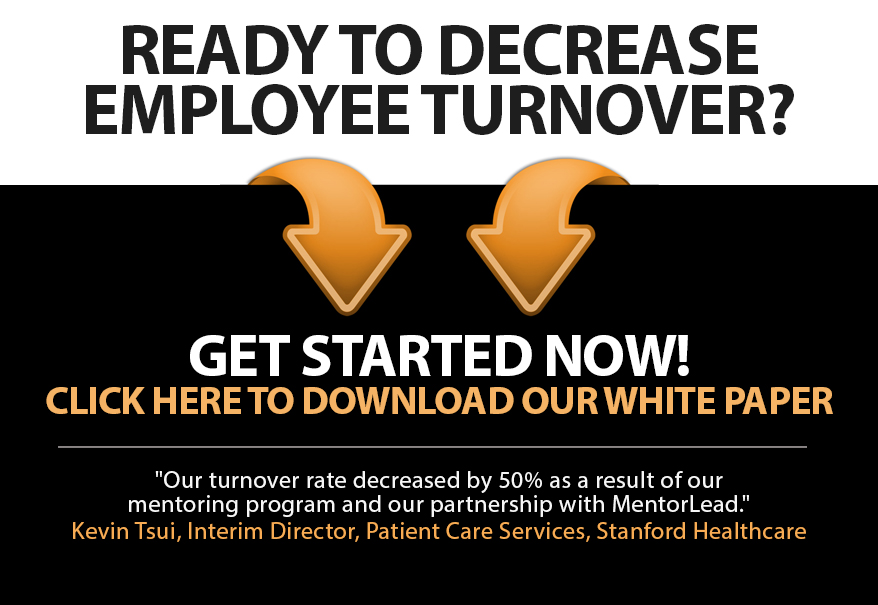
Bedazzled by Because
Dorothy sang it, “…because of the wonderful things he does!”
Kids demand it, “…but why?”
We all want it: a good rationale.
Research shows that people are significantly influenced by reason. They are more willing to accept a request when we tell them why.
But typically when we make a request, we assume the other person already knows why, so we don’t bother offering a reason. And that’s a missed opportunity.
- “I need that report immediately.”
- “I need to cancel the meeting.”
- “I need to cut in front of you in line.”
The pace of our communications often causes us to neglect the why. Inadvertently, we rely on, “if we’re asking, they must know it’s for a good reason.”
But “because I said so” doesn’t satisfy children, and “because I’m the boss” doesn’t ignite enthusiasm or action in adults.
People want to feel part of the process.
By simply sharing the reason for our request, we include them in the process, while demonstrating that we are partners, not their parents.
This not only elevates the execution of our requests, but fuels trust and accelerates engagement. Why? Because we finally said so!





